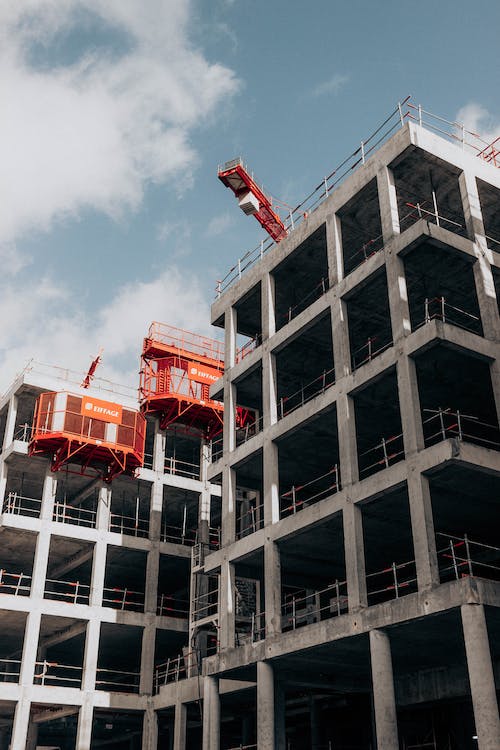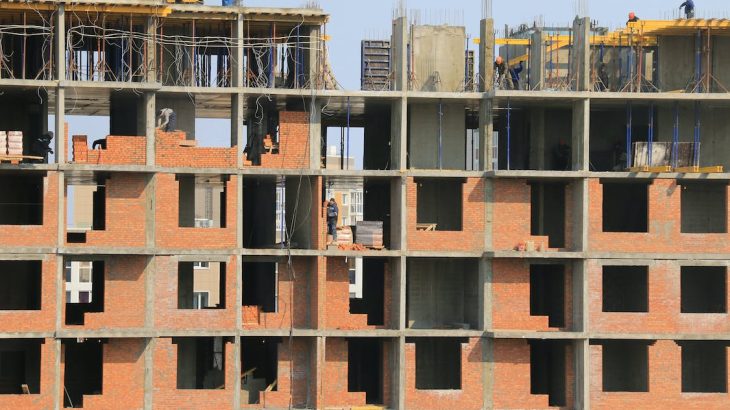What’s the Purpose of a Diaphragm Wall in Construction
Summary
– Constructing a common wall
– Reinforcing the junction between the wall and the exterior wall
– Horizontal and vertical wall ties
– Dealing with thermal bridges
The partition wall is a load-bearing wall inside a building. It ensures the bracing of the structure, and it participates in its horizontal and vertical stability.
The connections between the walls and the facade must be treated in a specific way.
Longitudinal (i.e., built in the direction of the length of the building), the diaphragm wall allows for balancing the floors. When it is transverse, the diaphragm wall is the stiffener. This means that it stabilizes the building by joining two facade walls.
Constructing a diaphragm wall
The function of a partition wall is to join the facades and interior walls.
For walls of the same constitution, T-junctions (T-shaped) between exterior walls and interior walls can be executed by partial penetration or by juxtaposition when the masonry is lightly loaded.
Partial penetration
When a mechanical connection must be made between the two walls (bracing), the connection is made by partial penetration of the inner wall into the outer wall.
The horizontal rows of stones laid one on top of the other form the wall.
This connection must be carried out on at least one in three courses and to a depth of about 5 cm. It must not appear on the outside and must not damage the masonry.
By juxtaposition
The juxtaposition consists in building the interior wall against the exterior wall without partial penetration. With this technique, the junction does not intervene in the bracing (stabilization of the building).
Good to know: from the point of view of acoustic insulation (partitions between dwellings) and fire safety, the first solution, the partition wall built by partial penetration, is preferable (except in special cases).
Consolidate the junction between the wall and the exterior wall

For walls of different constitutions, the junction must be executed by partial penetration or juxtaposition in light-loaded masonry.
On the other hand, only the juxtaposition solution can be used if the masonry is loaded.
If necessary, the transverse stability can be achieved by at least three punctual connections, distributed over the height by ties.
Horizontal ties and vertical ties
These provisions for lightly loaded masonry do not exempt from providing continuous horizontal ties. A chain link is the part of a wall used to stiffen and consolidate it. It can be horizontal or vertical, and is often found on brick walls.
Horizontal ties are used to ensure the junction between perpendicular walls. Horizontal ties in reinforced concrete must enclose the walls in load-bearing masonry and masonry filling. This wall ties surround the facade walls between them, and connects them to the right of each refend.
Vertical ties must be established in the case of load-bearing walls, when they are hollow masonry made of small elements.
Treatment of the thermal bridges of connection
Untreated, the junctions between the facade and the wall, which provide answers from a mechanical point of view, are the source of thermal bridges that degrade the performance of the building.
Thermal bridges are points, in the junction between two walls, where the insulation is less efficient. They can cause energy and heat losses.
These thermal bridges can be treated by thermal bridge breakers, associated with insulation from the inside or outside.
These devices are specially designed to correct this type of thermal bridge.
Good to know: the breaker can integrate, in addition to the insulation, elements to ensure the mechanical continuity between the walls.
Hope this post has given you an idea of the purpose of a diaphragm wall in construction. Remember to share your thoughts in the comments below.



















